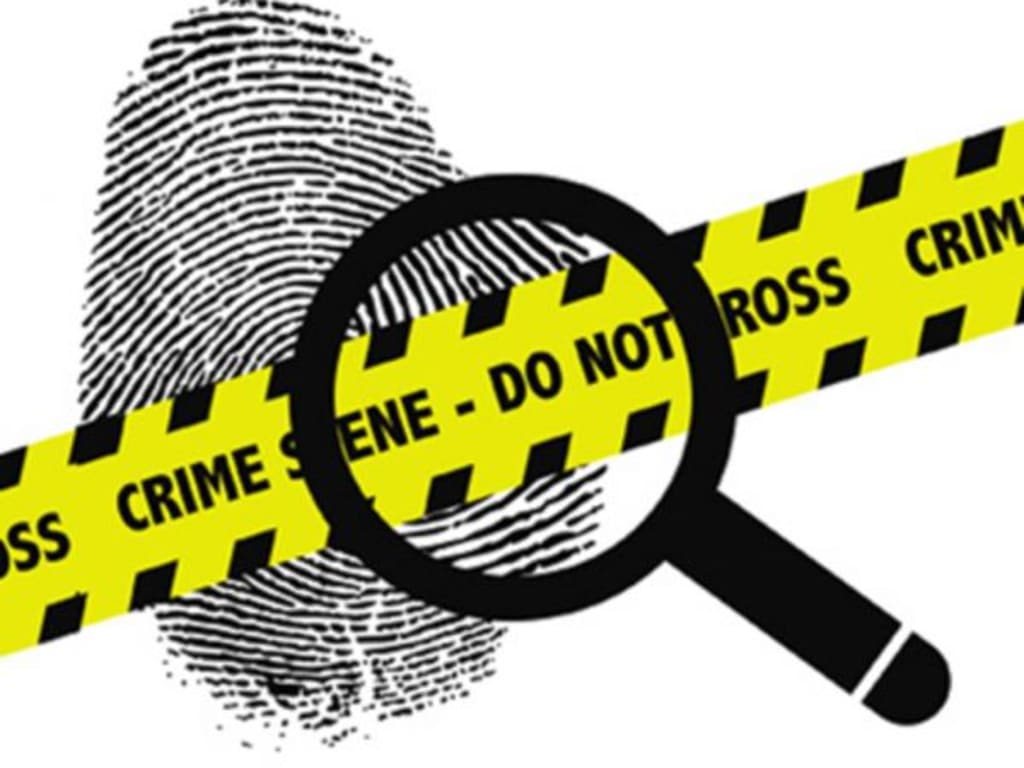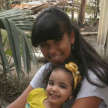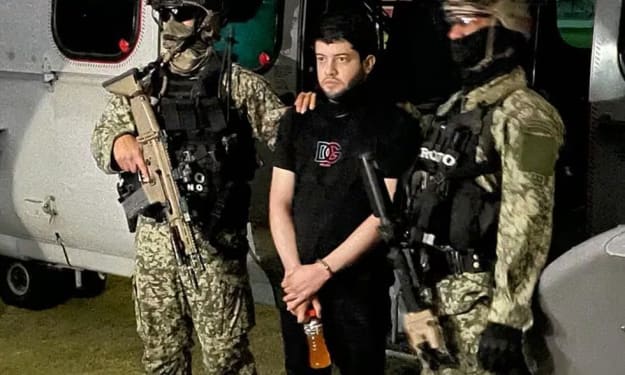
It is difficult to find a coherent and reasonable definition for crime scene investigation. However, Marilyn T. Miller, a tenured, associate professor in the Department of Forensic Science at Virginia Commonwealth University, vividly describes crime scene investigation in the second edition of the book Forensic Science: An Introduction to Scientific and Investigative Techniques published in 2005, which features her significant collaboration as the beginning point for the successful use of physical evidence by the forensic laboratory and the criminal investigator. Other connoisseurs of this field, such as Nicola Lacey, agree with this definition. As she states on her book A Reader on Criminal Justice, which is part of the series Oxford Readings in Socio-legal Studies, defining this concept might seem relatively easy, yet a simple definition instantaneously raises several important interrogatives. These questions are mostly related to how crime scenes and criminal justice are affiliated. Furthermore, it raises questions that focus on the discretion of the criminal justice system, as well as the veracity of the work done during crime scene investigations. It is worth noting the fact that all these questions are the result of the lack of information related to this field. Our society does not understand how the crime scene investigation team works, and as we all know, individuals tend to question the things that are unknown to them.
Defining a Crime Scene
As Marilyn T. Miller stated: “The only thing consistent about crime scenes is their inconsistency.” Crime scenes can be classified in several ways because of their variety. First, crime scenes are classified in compliance with the location where they have occurred. They are considered either primary or secondary. The primary crime scene is where a crime occurred. A secondary crime scene is an alternate location where additional evidence may be found. For instance, a murder may have taken place at one locality, which is the primary crime scene, and the corpse found at a different place, which is considered the secondary crime scene. This has no influence on their importance; in fact, this is just used to determine how the crime occurred.
Besides its location, a crime scene can be classified based on its size. The "large view" of a crime scene, including things such as locations, the victim's body, cars, and buildings is known as macroscopic crime scene. If the crime scene is viewed in terms of specific objects and pieces of evidence associated with the crime, such as knives, guns, hairs, fibers, and biological fluids, then the crime scene is considered a microscopic crime scene.
Moreover, crime scenes can be classified depending on the type of crime that has been committed. Some examples that can be cited are robbery, homicide, rape and sexual assault, arson, childhood abuse, etcetera. Another focus point is their condition. Crime scenes are either organized or disorganized. Also, the physical location influences this classification. The most common are indoors, outdoors, and conveyance (something that serves as a means of transportation) crime scene. Finally, they also depend on the behavior related to the crime scene. It can either be passive or active.
Crime Scene Investigation Team
There is also a great confusion as to whom is part of the crime scene investigation team. To the eyes of society, evidence collection is the only action done during a crime scene investigation, therefore, they assume that evidence collectors work alone, however, this is just an erroneous assumption. As Anthony J. Bertino states in his book Forensic Science: Fundamentals and Investigations 2012 (Update), there are other legal and scientific professionals such as police officers, medical examiners, detectives, and other specialists involved in a crime scene investigation.
Each one plays an essential role when investigating a crime:
- Police officers: Are usually the first to arrive at the location where the crime occurred. They also bring a district attorney who determines whether a search warrant needs to be issued for the crime scene investigators.
- Crime scene investigators: As mentioned before, they are responsible for documenting the crime scene in detail and collect physical evidence.
- Medical examiners: Else-wise known as coroners, determine the cause of death when a homicide has occurred.
- Detectives: Look for leads (clues) by interviewing witnesses and talking to CSIs about the evidence found.
- Specialists such as entomologists (insect biologists), forensic scientists, and forensic psychologists may be consulted if the evidence found requires their expertise.
How is a crime scene investigation conducted?
There are seven steps that must be followed during a crime scene investigation. These steps are commonly known as the seven S’s of a crime scene investigation:
The first step done is securing the scene. This is the responsibility of the first-responding police officer, whose primary concern is the safety of individuals. Their second priority is the preservation of evidence. First responders must impede unauthorized people from entering to avoid the Lockard’s exchange principle from occurring. They are also in charge of calling the expertise on the matter.
After the crime scene is secured, eye witnesses are separated. This is done to avoid the eye witnesses from talking to each other and changing their accounts of event due to a fraudulent or treacherous purpose. This action helps prevent collusion from happening.
When these actions are taken, the forensic examiners need to scan the scene to determine where photos should be taken. Furthermore, while scanning the scene, experts determine the primary and secondary crime scene locations. Also, this is an important step because all priorities are assigned regarding this examination.
Seeing the scene is the next step that needs to be followed. Crime scene examiners must see the scene and take photos of the area from different angles. Close ups of evidence and bodies are taken during this step.
Once this is done, an accurate rough sketch of the scene is made, noting position of body and any other evidence. All objects should be measured from two fixed landmarks. On sketch, north should be labeled and scale provided. Any other surrounding objects (such as doors, windows, etcetera) should be included in the sketch. Other factors such as outdoors, position of trees, vehicles, hedges, and different structures should be included. Later, a more accurate final copy should be presentable at court.
Then, a search for evidence is conducted. Depending on the number of investigators, a spiral, grid, linear, or quadrant pattern should be walked, and location of evidence marked, photographed, and sketched. If a single investigator is conducting the search, then a grid, spiral, or linear pattern might be used. On the other hand, if a group of investigators are conducting the search then a linear or quadrant pattern might be applied.
Once the search for evidence is conducted, the experts secure and collect the evidence obtained. All the evidence collected at the crime scene needs to be properly packaged, sealed, and labeled. A specific procedure and technique for evidence collection and storage must be followed. For example, most biological evidence must be placed in breathable container so it can dry out. This helps prevent mold. Then, the evidence can be placed in a paper bindle and then sealed in a plastic container or a paper bag.
This last step has more requirements than the other ones. For example, an evidence log and a chain of custody document must be attached to the evidence container all the time.
The evidence log is a way for police to input data about the evidence collected. It helps keep track of who has checked it out and when, to assure that it is safely held until it is needed in court.
The chain of custody is the documented and unbroken transfer of evidence. It is important to maintain the chain of custody. The evidence should never be unattended and each time the evidence is opened it must be documented. To maintain the chain of custody, several steps need to be followed:
- Bag the evidence.
- Add identification.
- Seal it.
- Sign it across the sealed edge.
- Sign over to a lab technician.
- Open bag on non-sealed edge.
- Return items to the evidence bag.
- Seal evidence bag in another bag.
- Sign the evidence log.
What happens after a crime scene investigation is conducted?
After a crime scene investigation is conducted, experts will attempt to answer the questions what happened and how it happened. This process is known as crime scene reconstruction. According to the Association for Crime Scene Reconstruction, the most coherent definition of crime scene reconstruction is: "the use of scientific methods, physical evidence, deductive reasoning and their interrelationships to gain explicit knowledge of the series of events that surround the commission of a crime."
Even though human logic plays a large role in the crime scene reconstruction process, proper analysis of the physical evidence and other facts gathered throughout the investigation play a major role. After evidence has been identified, gathered, and analyzed, the crime scene investigator might then offer a hypothesis of what may have happened at the scene.
Reconstruction can be tried with blood and bloodstain patterns, impressions, firearms, glass fragments, and other forms of physical evidence. However, the victim is the focal point of crime scene reconstruction.
In most of cases, a crime scene reconstruction will start with a general idea of what may have occurred at the location, based on what is immediately discovered. However, as the investigation continues, the results of lab tests, the autopsy and the questioning of family, friends and witnesses may offer more detailed clues as to what really occurred.
The process of reconstructing a crime scene is the incorporation of the crime, hypothesis, data collection, testing the hypothesis, just to pursue the most reasonable one, and the conclusion.
The objective that most connoisseurs of the subject have is to determine the cause of death: the disease or injury that produces the physiological disruption inside the body resulting in death, for example, a gunshot wound to the chest. Furthermore, the mechanism of death is the physiological derangement that results in the death. And finally, the manner of death is how the death came about.
For instance, crime scene reconstruction looks at more than physical evidence in attempting to determine what may have occurred at the scene of a crime. It takes as much logical reasoning as it does consideration of physical evidence and lab test results.
Conclusion
As mentioned before, there is great confusion as to how a crime scene investigation is conducted, but also everything involved with it; however, it is not something you might be able to avoid. Our society tends to judge and criticize the things that are unknown to the human eye: “If I do not understand it, then I judge it.” This confusion is the result of the lack of information and misconception of the role of law enforcement in our society. The defamation of the police has brought with it certain consequences related to the same aspect that have affected law enforcement in general.
Another reason why individuals are confused about the way crime scene investigation works is because of how hard it is to define a crime scene, which is the main role player in this area. People think that if even some connoisseurs of the subject are not able to define, then their performance at work will not go beyond poor or fair.
Some experts, such as Marilyn T. Miller, describe a crime scene as the beginning point for the successful use of physical evidence by the forensic laboratory and the criminal investigator. They also state that the only thing consistent about crime scenes is their inconsistency. The reason behind this statement is that crime scene can be classified in a variety of ways because of the different factors that influence it, and this might open a door to inconsistency.
References:
Miller, Marilyn T. Forensic Science: An Introduction to Scientific and Investigative Techniques, CRC Press, 2005.
Lacey, Nicola. A Reader on Criminal Justice. Oxford University Press, 1994.
Bertino, Anthony J. Forensic Science: Fundamentals and Investigations, South- Western, 2012.
ACSR- Association for Crime Scene Reconstruction. https://www.acsr.org/ Accessed on May 1, 2018.
Glossary
- Crime-scene investigation: a multidisciplinary approach in which scientific and legal professionals work together to solve a crime.
- Evidence: anything that tends logically to prove or disprove a fact at issue in a judicial case or controversy.
- Evidence recovery log: a chronological record of each item of evidence, listing who collected it, where and when it was collected, who witnessed the collection, and whether it was documented by photos or diagrams.
- Chain of custody: the documented and unbroken transfer of evidence.
- Crime-scene reconstruction: a hypothesis of the sequence of events from before the crime was committed through its commission.
- First responder: the first police officer to arrive at a crime scene.
- Eyewitness: A person who has firsthand knowledge regarding a crime or who has expert information regarding some aspect of the crime.
- Paper bindle: a folded paper used to hold trace evidence.
- Primary crime scene: the location where the crime took place.
- Secondary crime scene: a location other than the primary crime scene but that is in some way related to the crime where evidence is found.






Comments
There are no comments for this story
Be the first to respond and start the conversation.